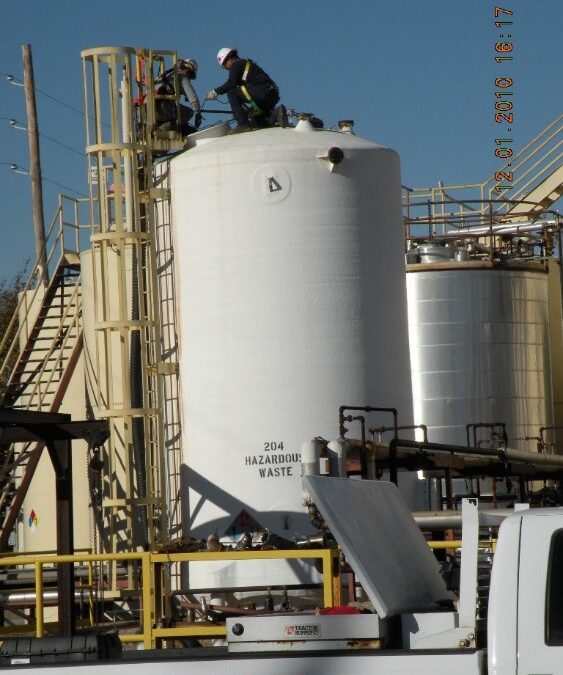In June of 2015, OSHA instituted a new regulatory requirement for plant process equipment, commonly known as RAGAGEP, Recognized and Generally Acceptable Good Engineering Practices. This is a Process Safety Management (PSM) Standard, which basically says that all process equipment must be properly and completely documented for PSM processes and in accordance with RAGAGEP. This includes initial design as well as inspection documentation. The later refers to mechanical integrity assessment and testing to document safety and satisfactory condition for current operations.
Recently, we assisted a CPI client who has a number of nonmetallic tanks and process vessels that did not have current or complete documentation. Some of the vessels may have been repurposed from another location. For others, the initial construction documentation may have simply been lost or not provided. In some cases, this was quite a challenge as some tanks did not have available drawings or calculations, so the entire equipment package had to be developed from scratch.
Following completion of a gap analysis for each tank, a plan was developed to satisfy the RAGAGEP documentation requirements. To achieve this task, we deployed an FRP engineer and inspector to the field to conduct a current condition assessment of the equipment in question, documenting the physical dimension and condition of the process vessels for fit for service. NDT was used to determine material thicknesses of the existing equipment of there was no documentation and a physical dimension could not be taken. Following the field investigation, inspection reports were prepared to document the current physical condition of the tanks and vessels. Then an analytical study was executed on those vessels where original calculations were not available to confirm compliance and suitability in accordance with defined codes and standards. Although this was a very rigorous task, we were able to recreate sufficient documentation for all equipment of concern. In most cases, we found that most equipment was still suitable for service and in reliable condition for continued safe service life. On some vessels, the field condition assessment identified a few items which required repair or restoration to best ensure continued reliable performance.
This was a very challenging and interesting process in meeting the needs of the plant. The good thing is that we were able to develop an approach to evaluate the existing equipment and restore the documentation to current status for the existing tanks and process vessels. Of course, the next step will be to establish an on-going mechanical integrity and maintenance assessment program for the coming years. It is not uncommon to find repurposed tanks in service. Similar, history documentation can be scarce at times. I was pleased that we were able to provide a path to assist our client in meeting their compliance requirements. This was a fun project with unique challenges. We look forward to the next opportunity.


Recent Comments